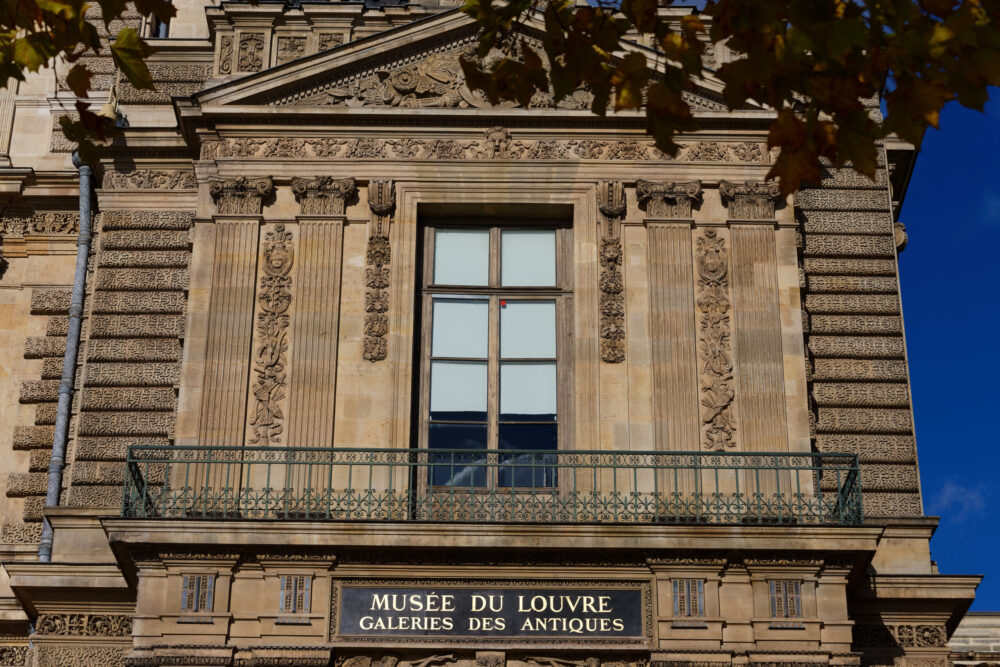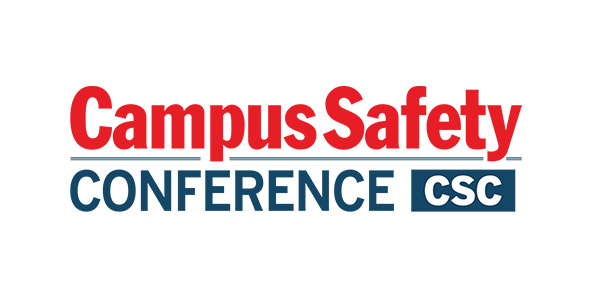Art thefts have always captured public imagination, blending intrigue, high stakes and cultural loss into a single narrative. The recent heist at the Louvre Museum, where thieves allegedly made off with priceless Napoleonic jewels in broad daylight, was no exception.
In just seven minutes, the criminals used a construction platform to bypass security at one of the most prestigious museums in the world, smashed display cases and disappeared on scooters before security could react. The audacity and precision of the operation left many wondering:
Was it preventable? The answer may lie in an emerging technology that could modernize museum security: LiDAR.
LiDAR, short for light detection and ranging, is a technology that uses laser pulses to map environments in three dimensions with remarkable accuracy. By providing real-time spatial awareness and detecting even the smallest changes in an environment, LiDAR could have created a security system capable of stopping the Louvre heist before it even began.
What Are the Weaknesses in Traditional Security Systems?
To understand how LiDAR could have made a difference, it’s important to first identify the shortcomings of traditional museum security systems. Most museums rely on a combination of mechanical sensors, infrared beams, cameras and human oversight. While these systems can be effective to a degree, they have critical limitations.
Cameras, for instance, are passive observers. They record footage but don’t inherently “understand” what they see. A security operator must monitor multiple screens, interpret what’s happening and react in real time — a challenging task, especially during a fast-moving event like the Louvre heist.
Mechanical sensors and infrared beams, meanwhile, are often limited to specific zones or trigger points. They might sound an alarm if someone crosses a boundary, but they can’t provide a comprehensive picture of the intruder’s movements or intentions.
Related Article: Overcoming Security Camera Privacy Worries with LIDAR
In the case of the Louvre, these traditional systems failed to detect the thieves’ approach via a construction platform, their entry through a window or their rapid movements inside the museum. By the time security realized what was happening, it was too late.
How LiDAR Fills the Security Gaps
Unlike traditional security measures, LiDAR offers a dynamic and intelligent solution that goes beyond mere observation. It works by emitting thousands of laser pulses per second and measuring how they bounce back from objects in the environment.
This creates a live, three-dimensional map known as a “point cloud,” which updates in real time. Any change in the environment — whether it’s a display case shifting slightly, a person entering a restricted area, or an object being removed — is immediately detected and flagged.
This solution enhances situational awareness and reduces response times. By incorporating LiDAR into their systems, museums and other organizations can engage in real-time monitoring and receive alerts that are crucial for preventing incidents such as the Louvre heist.
Early Detection on the Building Exterior
One of the most glaring vulnerabilities in the Louvre heist was the use of a construction platform to access a window. LiDAR sensors placed on the museum’s exterior could have created an invisible perimeter around the building, including balconies, ledges and other areas where no one should be.
The moment the construction platform approached the building or an intruder climbed onto a restricted ledge, the system would have detected the anomaly and triggered an alert. This early warning could have given security personnel vital minutes to respond before the thieves even entered the museum.
Real-Time Monitoring of Interior Spaces
Once inside the museum, the thieves moved quickly, smashing display cases and grabbing jewels. Traditional cameras may have captured their actions, but LiDAR would have gone a step further by providing a real-time, three-dimensional view of their movements.
Related Article: How Smart, IoT-Enabled Devices Are Enhancing Building Security
Security operators could have seen exactly which window was breached, the intruders’ precise locations and their trajectory through the museum. This level of spatial awareness would have allowed for a faster and more coordinated response, potentially intercepting the thieves before they escaped.
LiDAR added to existing security infrastructure not only observes but also understands and reacts to changes in the environment.
Protection of Individual Artifacts
LiDAR’s ability to detect minute changes in the environment makes it ideal for protecting individual exhibits. For example, if a thief reached toward a display case or displaced an artifact by even a few centimeters, the system would have recognized the movement as an anomaly and triggered an alert.
Cameras could then automatically zoom in on the affected area, providing security staff with detailed visuals to accompany the spatial data
Forensic Reconstruction
Even if the thieves had managed to escape, LiDAR would have provided invaluable forensic data for the investigation. By replaying the point cloud data, investigators could reconstruct the entire incident in 3D, tracking the intruders’ movements from entry to exit with centimeter-level precision. This information could help identify vulnerabilities in the security system and provide critical evidence for apprehending the perpetrators.
Beyond Theft: Everyday Applications
While LiDAR’s potential to prevent high-profile heists like the one at the Louvre is compelling, its applications in museums and cultural spaces extend well beyond thwarting master criminals. On a day-to-day basis, LiDAR technology can enhance operational efficiency, improve visitor safety and even provide deeper insights into how people interact with exhibits.
By offering real-time spatial awareness, LiDAR becomes a versatile tool for museum management, ensuring the safety of both priceless artifacts and the visitors who come to admire them.
The applications of LiDAR extend beyond museums to other cultural and public spaces, such as galleries, libraries and historical landmarks. In all these settings, the technology’s ability to provide real-time spatial awareness and detailed environmental mapping can enhance security, improve visitor safety and support the preservation of cultural heritage.
Related Article: 5 Ways Modern Cloud Technology Improves Campus Safety
The Louvre heist was a stark reminder of the vulnerabilities that exist in even the most prestigious and well-guarded institutions. While no security system is entirely foolproof, LiDAR offers a powerful tool that systems integrators can offer for addressing many of the weaknesses inherent in traditional security measures.
By providing real-time, three-dimensional spatial awareness, LiDAR can detect intrusions, monitor movements and protect individual artifacts with unparalleled precision.
As museums continue to face the dual challenges of safeguarding their collections and providing a welcoming experience for visitors, LiDAR offers a promising solution. By embracing this cutting-edge technology, institutions such as the Louvre can ensure that their treasures remain safe for generations to come — and that the stories and histories they represent are never lost to the shadows of theft or neglect.
Martin Vojtek is business director of 3D surveillance for Hexagon’s safety, infrastructure & geospatial division, a planned part of Octave, the proposed software spinoff from Hexagon AB. This article was originally published in CS sister publication Security Sales & Integration and has been edited.
Note: The views expressed by guest bloggers and contributors are those of the authors and do not necessarily represent the views of, and should not be attributed to, Campus Safety.







